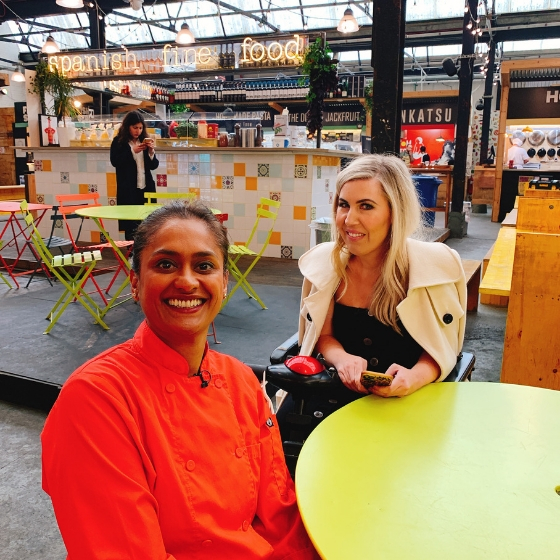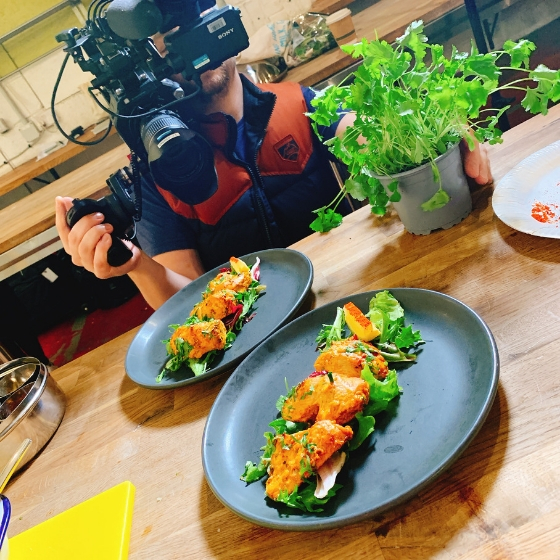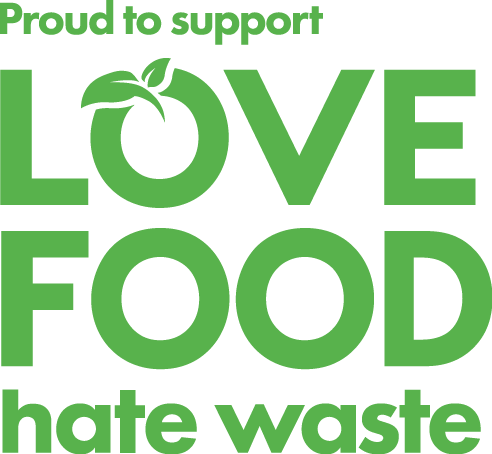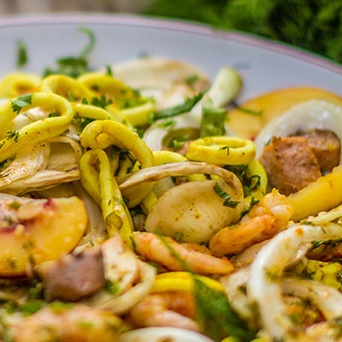For those of you who don't know I have a degree in Biology and in my previous career I was a food microbiologist working in the laboratories for Unilever ensuring food saftey standards were met in the food they produced. As part of my role I ensured that sanitation methods were properly adhered to and the productions lines were clean and safe to use. I also spent many years working as a corporate marketeer for Tesco which included understanding stock in-take and product rotation on the shop floor.
Because of my background I was asked by BBC's Watchdog to take a look at some research they had conducted on chicken bought from a number of supermarkets across the UK. The results were pretty interesting.
Here's me chatting with presenter Nikki Fox about the impact that high bacterial levels on the chicken we buy can have on our health and the quality of the food we cook with it.

Wednesday 22nd May BBC1 8pm
Click here to watch the episode
The Facts
Chicken is a natural ingredient which will perish over time. The rate at which it perishes and becomes unsuitable for consumption depends on 2 factors:
1. The nature of the chicken - amount of water it holds, nutrients levels, PH levels, etc
2. The environment it's in - temperature, gases surrounding it, packaging etc
Naturally occurring spoilage bacteria known mainly as Pseudomonas will proliferate and start to breakdown the meat, the rate at which they do this is dependant on these two factors. As the levels of these spoilage bacteria increases, the taste, look and structure of the meat will degenerate.
It's important to understand that these spoilage bacteria aren't the same as those which cause food borne illnesses but, that said, as the levels of the spoilage bacteria increase so will the levels of any pathogenic bacterial colonies that may be present on the raw meat. This increase in bacteria, effects both the quality of the meat and can increases the risk of causing sickness.
Spoilage bacteria can also grow below 5°C and as time goes on they will start to breakdown the meat. You can use your senses to check if the meat is begining to spoil or still ok to cook with:
Sight
It should be fresh pink in colour, if is grey or dull it has started to deteriorate. Eventually you may also get visible fungal growth also.
Smell
As the bacteria that break down the meat fibres, gasses such as ammonia are released, initially the meat can have a cheesy smell, it then turns fruity and eventually a strong putrid smell will become present. During this process acids will change the taste of the meat making the chicken bitter and unpleasant to eat.
Feel
Fresh chicken should have a firm texture but as the spoilage bacteria take control and grow, the flesh will become soft and a slimy film will appear.
Food Safety
There are 2 types of storage dates you will find on food products these are - Best before dates and Use by.
Best Before dates are found on non-perishable items such as canned and dried goods and are there for quality purposes.
Use by dates are put on perishable items, i.e fresh items that will spoil and deteriorate over time. These dates are present on the products for the safety of the consumer. The producers, supermarkets and supply chain have a responsibility to get these products to the end consumer in the best possible condition. These dates have been researched and are in place because the product has been scientifically tested and deemed to be safe for us to consume by that printed use by date. For consumers, these dates are the ONLY guidance we have on the safety of the fresh product we are buying.
Pathogenic Bacteria
Food poisoning is a result of eating food that has been contaminated with pathogenic bacteria such as Campylobacter, Salmonella, E.coli 0157 or Listeria. Most raw chicken will have trace levels of Campylobacter or Salmonella on them, as a result of the process of slaughtering and processing the meat.
Salmonella and campylobacter can be present in the gut, skin and on the feet of the birds, through the process of killing, de-gutting and mechanically plucking the birds some of these sickness causing bugs can be transferred onto the flesh. It is really important to understand that these pathogenic bacteria can be present in low levels on raw meat even if it's fresh and has no sign of deterioration. You CANNOT use your senses to test for these sickness causing bacteria so to avoid any symptoms of food poisoning it is really important that you handle all raw meat correctly to avoid sickness.
In most cases food borne illnesses are not serious and the patient recovers after a few days of illness but in those who have low or impaired immunity, food poisoning can become extremely dangerous.
The key points below should help you handle raw chicken in the safest possible way - I call it my 4 C's
1. Cooling - Always store raw chicken in the fridge below 5°C. This slows down or stops the growth the sickness causing bacteria that could be present on the meat. You can also freeze the meat at -18°C which pauses any growth of bacteria.
If raw meat is left at temperatures between 5°C-63°C (danger zone) the bacteria that are present on the meat will grow at a rapid rate increasing spoilage and the risk of food born sickness.
2. Cleaning - Always wash your hands before and after handling raw meat. Keep your work areas organised and clean. Wash knives, chopping boards, surfaces in between working with chicken and other ingredients.
3. Cross contamination - Avoid cross contamination by thinking about what you are doing in the kitchen.
Never:
wash raw chicken as the water droplets will spread the bacteria around your sink and work surfaces.
let raw meat come into contact with ready to eat food such as salads, vegetables or cooked food.
defrost your chicken at room temperature - defrost it in the fridge, on the bottom shelf in a sealed container (away from ready to eat food).
turn taps on with hands that you have touched raw meat with. Fill up a bowl of water and rinse hands in soapy water first.
Always:
prepare your vegetables first, then your raw meat
try to use different chopping boards for raw meat and other ingredients.
wash your hands in between touching raw meat and other ingredients
handle the meat as little as possible.
check the Use by dates.
It's important to mention that planning meals and defrosting food properly in advance and organising how you cook is a great habit to get into. You can ensure you are eating well, cooking properly, keeping safe and it also helps reduce waste (both food and money) which is a really important factor.
4. Cooking - When chicken cooks it changes colour and texture. Cooking your chicken correctly will render any pathogenic bacteria harmless so ensure it's cooked and steaming hot all the way through.
- The meat should NOT be pink
- The juices should be clear.
- Invest in a temperature probe and ensure the internal temperature of your chicken in the thickest part is at 65°C.
When cooling and reheating food - cool it as quickly as possible and refrigerate asap. When reheating food, do it only once and ensure it is piping hot all the way through.

My Tandoori chicken cooked with fresh chicken breast - for the Full Recipe click here.
For more information of food born illnesses go to the Food Safety website.
Back to Blog




Comments